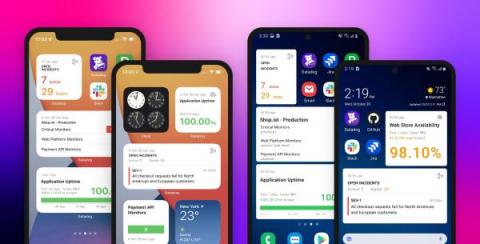Use funnel analysis to understand and optimize key user flows
Monitoring frontend performance and user behavior is essential to ensure that your application is functioning optimally. Datadog RUM enables you to collect key user data and correlate all of it with frontend performance metrics to track how your pages’ performance affects user behavior.











